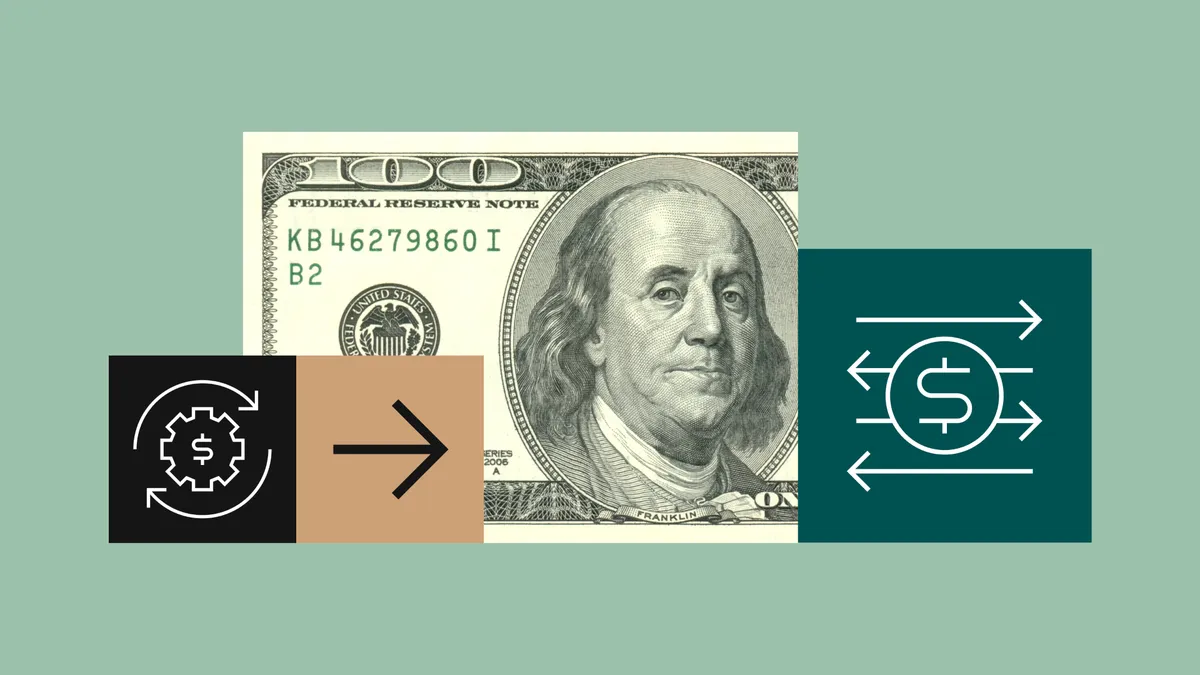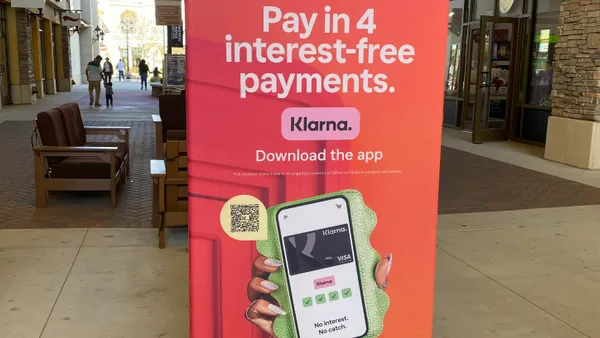In September, Modern Treasury released their 3rd annual State of Payment Operations report, where they surveyed over 500 financial decision-makers for insights into payment operations at their companies. The decision-makers came from all kinds of industries, from marketplaces, to real estate, and more.
Modern Treasury also heard from respondents identifying their industry as “Software or Technology (Finance or Fintech focus)” or “Banking, Lending, or Investing.” The following analyzes how leaders from both view their payment operations. For the sake of simplicity, we’ll refer to these groups as fintechs and traditional finance.
Similar challenges
The survey revealed fintech and traditional finance leaders face many similar challenges when it comes to payment operations:
- Manual processes and multiple systems: Both groups reported that nearly 40% of their payment operations are manual, and it might be linked to both using multiple systems.
Companies often manage payment processes across a range of systems and tools, including:
- Spreadsheets
- Bank portals
- Enterprise resource planning (ERPs)
- Accounting software
- Third-party providers (TPPs)
These systems rarely work together seamlessly, which means tracking money movement end-to-end involves manual workarounds. The complexity compounds when the systems are outdated or created for one-off use cases.
- Home-grown payment infrastructure and bank integrations: Both groups were more likely to have built their own payment infrastructure and bank integrations versus outsourcing.
Since most B2B payments happen over bank payment rails, bank integrations are necessary to execute large volumes of payments programmatically Building these integrations takes time, as each bank and payment rail typically has a unique protocol.
Building homegrown systems can be incredibly resource intensive, and not every company has the resources to build infrastructure and integrations that scale easily .
- Payment delays: Leaders from fintechs and traditional finance companies reported higher rates of payment delays than their peers. Notably, four in five leaders of both groups use at least one third-party payment provider (TPP). Because TPPs middle-man funds in the payment process, they add ime to the payment lifecycle and payments often arrive later than expected.
- Slow, inaccurate reconciliation: Matching payment records to transactions across bank statements can be painful. The difficulty is compounded when money movement isn’t predictable (see above, where expected payments are delayed) and when companies rely on manual processes.
|
SUMMARY |
ALL RESPONDENTS |
FINTECH |
TRAD. FINANCE LEADERS |
|
Our current payment |
36% |
38.9% |
37.2% |
|
My company develops |
59% |
71% |
71% |
|
We built our own |
60% |
67% |
72% |
|
Less than 80% of |
46% |
51% |
55% |
|
We have a high |
23% |
22% |
26% |
|
Payments take too |
32% |
32% |
24% |
|
We lose more than |
37% |
40% |
32% |
|
Improving payment ops |
50% |
49% |
62% |
|
Plans to invest sped |
55% |
65% |
58% |
Appetite for change
The good news is both groups plan to tackle these challenges. The only difference is the priority accorded to the process—and the barriers they expect to encounter along the way.
At a high level, the need to improve payment ops is a shared priority. This may not be surprising, as current market conditions are shifting toward the technology that's coming with the new era of payments. However, fintechs admitted to feeling this more than traditional institutions.
Quality payment operations afford key benefits
A payments solution that connects cash flow, data flow, and workflows can provide a host of business benefits—benefits that help the most innovative companies exceed their goals.
Efficiency. An efficient payment operations system is organized, centralized, and synchronized, keeping teams focused and aligned. Optimized workflows include an integrated tool set and single point of contact for better, stronger, and easier relationships with bank partners. Ultimately, efficiency translates into time and money saved.
Clarity. Transparency into financial operations isn’t just a nice-to-have. The ability to access a comprehensive, real-time picture of your business performance in a single payments dashboard (with a single click) is central to smart strategy, action, and analysis. This facet of payment operations also ensures that everyone is making decisions rooted in the same data set—even when volume is incredibly high.
Accuracy. Knowing where each payment is going and when it will get there means each party will have a more certain view of their cash flow. Having an immutable trackable history of each decision point helps ensure accuracy.
Why should you care about payment operations? Because you care about your company, your customers, and your future. Read more about payment operations on Modern Treasury's journal.










